Canon’s enthusiast-grade camera lineup is nothing to scoff at. Almost every three years, Canon releases a new one replacing the older model. And these cameras usually strike a balance between image quality and portability. Mostly they accomplish this by using their medium-sized sensors. The 90D is the latest release in this lineup as it launched late last year. But today, we are only going to pit the older 80D against the even older 70D. As the 90D is the most recent model, it is very hard to find it at a discounted price. But you can easily get the 80D or the 70D at the desired price range.
In a Hurry? Here are Our Top Choices:
Here is a quick snapshot of our top-rated picks.
The Canon EOS 80D and the Canon EOS 70D were released back in February 2016 and July 2013 respectively. So there are more than two years of technological advancements that come into play when comparing these two cameras. And that is a pretty massive gap considering the number of rapid progress in sensor; SoC technology takes place. But the price gap too should make up for some of that. So let’s get into it.
Canon EOS 80D
- Merging power, precision and operability, the EOS 80D is a dynamic SLR camera...
- Providing a comprehensive view, the EOS 80D camera’s Intelligent Viewfinder...
- The Intelligent Viewfinder displays AF points and AF mode, have a grid display,...
- For AF operation, the EOS 80D camera has a wide-area, 45-point, all cross-type...
The Canon 80D is the successor to the 70D, its competitor in our comparison. Released back in 2016, it comes with an EF-S 18-55mm f/3.5-5.6 STM lens kit option. As it is more than four years old at this point, you should be able to find this camera at pretty big discounts.
Body
The size of the 80D’s body is similar to other DSLRs in this range. The actual dimensions are 3.1 x 5.5 x 4.1 inches.
It weighs a bit less than other DSLRs in this price bracket (730 g). So it’s easier in order to carry around. The less weight may be due to the new and more advanced DIGIC 6 SoC.
It has a Canon EF lens compatible lens mount. You can use EF-S lenses, but it doesn’t support EF-M lenses.
The button placements are another great thing about this camera. Every button is in the right place for easy control. There is a dial on the top of the body in order to change Auto and Manual modes.
The camera body also features weather-sealing. The body is splash and dust proof.
Battery Life
The Canon EOS 80D uses the brand-new LP-E6N battery pack. But battery life improvement is not much from the previous iteration. This is a bit disappointing, considering the camera uses the newer processor that is supposed to be more efficient. The camera can take up to 960 shots on a full charge.
Sensor
This DSLR uses an APS-C CMOS sensor. The dimensions of the sensor are 22.5mm wide, 15mm high, and 27mm diagonally. The sensor occupies 338 millimeters squared area on the camera. It is very similar in size to other cameras at this range.
It is a 24-megapixels sensor with OLPF (Anti-alias filter). The best crop factor comes around 1.6, and the native aspect ratio is 3:2. The pixel pitch is pretty low as well at 3.75 μm. And that results in a very impressive pixel density of 7.11 MP per square centimeter.
The format/crop factor of the sensor is 1.6. And the newer DIGIC 6 processor should account for richer color depth, better noise, and grain control. So the sensor combined with the new processor can produce some excellent results.
This sensor has a very high count (45) of autofocus points. And all of them are crossed type, so that is pretty great. This sensor should be able to get tack sharp focus even in low light conditions.
The native ISO range of this sensor is from 100 to 16000. But the 80D does support ISO boost. So you can increase the range to 100-25600.
This sensor is fast enough to shoot videos. You get two different compression modes ALL-I and IPB. Both modes look pretty good, but the ALL-I mode is the best mode to use. You can shoot continuous video up to 29 minutes and 59 seconds. And you are going to have to hit the record button manually again after that. You can also shoot HDR videos to get a better dynamic range in your videos. But we don’t really recommend this mode as this camera has one of the early implementations of HDR. And it doesn’t really work very well.
Connectivity
The Canon 80D does not come with built-in Bluetooth. But it does come with built-in WiFi. So you can easily upload your shots to the cloud from the get-go. It also has built-in NFC in order to pair easily. It even supports the Canon Camera Connect app for controlling the camera and capturing photos wirelessly. You also can also effortlessly transfer photos to your phone using the app. You can download the app from here and here for iOS and Android, respectively. It also supports Eye-Fi cards. But we recommend using the built-in WiFi as it is miles better.
In terms of wired terminals, the camera does come with a display out port. It is a mini HDMI type C port that supports resolution auto-switching. It also comes with a USB 2.0 terminal for moving your images right from the camera. The body has a stereo mic built-in, and it is actually pretty good. But this camera still comes with a mic in port in order to connect to an external mic. And it even includes a headphone jack for audio monitoring.
Features
This camera comes with a 0.59x optical viewfinder. But most importantly, you get the 100% Field Of View (FOV). So basically, what you see on the viewfinder is what you shoot. You don’t always have to adjust and compromise to get a better framing of your subject.
One great thing about the 80D is that it can shoot videos up to 1080p 60 FPS. Do note that you can’t use the 60 FPS mode with the better ALL-I compression mode. And the camera can do time-lapse videos too. But not having 4k is a missed opportunity. It also has improved dual pixel autofocus in video mode. It tracks moving subjects in your video to keep them in focus like a camcorder. The feature works excellently, and videographers will love it. It has a shutter speed of 1/8000s, which is great.
The 80D can shoot up to 7 frames per second. So it’s great for shooting sports or any other fast-paced action. You can just hold down the shutter button and do what photographers call spray and pray. Later you can simply scrub through the images to get the best one.
It takes an SDXC card as its main storage component. Thankfully the camera supports UHS-1 standard cards for faster transfers.
This camera features a 3-inch touch screen. It is a multitouch input capable LCD display, and you can control every menu settings using the touch controls. That is a big relief. Because some Canon cameras with touch screen displays are well known to exclude that for whatever reason in the past. It is a 1040k dots resolution display. And the best thing about the screen is that it’s swivel adjustable and rotatable. And that that feature alone makes the camera one of the better options for vloggers.
PROs
- Slightly lighter in weight.
- Weather sealing.
- 24 megapixels resolution sensor.
- 3.75 μm pixel pitch.
- 7.11 MP per square centimeter pixel density.
- DIGIC 6 SoC.
- Richer color, better noise, and grain control on processed images.
- 100 to 16000 native ISO range.
- ISO boost support. Up to 100-25600 ISO with ISO boost.
- Built-in WiFi.
- Built-in NFC.
- Canon Camera Connect app support.
- Seven frames per second capturing capability.
- Good stereo microphone inbuilt.
- External mic input port.
- Headphone jack for audio monitoring.
- Optical viewfinder with 100% FOV.
- 1080p 60 FPS video.
- Time-lapse video support built-in.
- 1/8000s shutter speed.
- UHS-1 card support.
- Swivel and rotatable LCD touch screen.
- All menu items controllable using the touch screen.
CONs
- Only 960 shots per full charge with an LP-E6N battery pack.
- Anti-alias filter.
- No Bluetooth.
- Dual card slot unavailable.
- Continuous video limit.
- 1080p 60 FPS video mode limited to only IPB compression mode.
- No 4k video support.
Sample Photos Taken From The Canon EOS 80D
Canon EOS 70D
- Canon’s innovative Dual Pixel CMOS AF enables you to shoot video like a...
- 20.2 Megapixel CMOS (APS-C) sensor, 14-bit A/D conversion, ISO 100–12800...
- High speed continuous shooting up to 7.0 fps allows you to capture quick...
- Vari-angle Touch Screen 3.0-inch Clear View LCD monitor II (approximately...
The Canon 70D is the predecessor of the 80D we just talked about. Released way back in 2016, this camera comes with two different kit options. An 18-135mm STM lens kit and an 18-55mm STM lens kit. You probably won’t be able to find this camera in new condition as it is so old. But you can pick it up for quite low prices used.
Body
The Canon 70D’s got an identical body. Even the dimensions are the same at 5.47 x 3.09 x 4.11 inches.
The body is a bit on the heavier side at 755 g. This could be due to the older and heavier DIGIC 5+ SoC. But it’s not too bad at all, and you should be able to carry it around wherever you want easily.
The body of the Canon EOS 70D has an EF lens mount. If you have existing EF-S lenses, you can also use those as they are compatible. So basically, it has the same lens mount as the 80D.
All of the buttons are in great places. It has a dial on top to change modes from Auto to Manual. It is very easy to control everything.
The body has weather sealing. So it is splash and dust proof. It is a very convenient feature in order to have for outdoor photography and videography in harsh conditions.
Battery Life
The 70D uses an older LP-E6 battery. But even with that, the camera can take up to 920 shots per full charge. That is an impressive number considering the old battery, the old processor, and, most importantly, the age of the camera. It comes very close to the more modern cameras in this lineup and competes with them toe to toe. Overall this camera offers great battery life for a more than seven years old camera with a medium-sized sensor.
Sensor
The 70D also uses a medium-sized APS-C CMOS sensor. The dimensions of the sensor are 22.5mm wide, 15mm high, and 27mm from corner to corner. So the total sensor area comes to 338 millimeters squared. Being similar in size, the sensor has a similar crop factor of 1.6. And the native aspect ratio is also 3:2.
It is a 20-megapixels sensor with an OLPF/Anti-alias filter. The pixel pitch of this sensor is 4.11 μm. So the pixel density comes at around 5.91 MP per square centimeter. And that is actually pretty good for a camera as old as the 70D. This camera can shoot up to 5472 x 3648 pixels images.
It has 19 autofocus points, and all of them are crossed type. The number might seem pretty low, but it’s fine for an old camera. But it does have trouble focusing from time to time, especially in low light conditions.
The native ISO range of this sensor is from 100 to 12800. The camera supports ISO boost so you can get an even better range out of this camera. With ISO boost, you can extend the range from 100 to 25600.
Connectivity
The 70D does have WiFi built-in. So you can upload your photos right from the camera or connect it to the Canon Camera Connect app. But it doesn’t have NFC or Bluetooth. It also supports Eye-Fi cards. But it can’t use an Eye-Fi card simultaneously with the built-in WiFi or built-in wireless LAN. Some might be looking to do that kind of set up in order to upload to multiple places. Unfortunately, it does not support that.
Wired ports wise the camera has a display out port. It is a mini HDMI type C port. It also supports resolution auto-switching. The resolution output modes the port supports are as followed: 1080/60i, 1080/50i, 480/60p, and 576/50p. The camera has a USB 2.0 terminal for moving content right from the camera itself. This camera includes a similar stereo mic built-in, which is pretty decent. But it does feature a mic in port in order to connect an external mic.
Features
This camera also comes with a 0.59x optical viewfinder. But sadly, you only get 98% FOV with the viewfinder. Now that extra 2% isn’t really a dealbreaker. But you always have to adjust and compromise to keep your subject in the desired place in the frame. And that is in case you are looking through the viewfinder, which is a bit of a bummer.
The camera supports video recording at up to 1080p 30 FPS. And it supports time-lapse videos. It is one of the first DSLRs in order to feature dual pixel autofocus in video mode. The feature is a dream for users who are buying this camera, especially for video because of 3d autofocus tracking. Even though this camera has one of the first implementations of this feature, it works really well here. This camera also has a great shutter speed of 1/8000s.
The 70D can shoot up to 7 frames per second. So it’s really great for shooting sports and other fast-paced sequences. You can just hold down the shutter button in order to take multiple photos. And later, you can choose in order to use the best one.
It uses SDXC cards for storage and only has one card slot. Not having dual slots here is a bit of a missed opportunity. It does support UHS-1 standard cards so you can transfer your content at good speeds.
PROs
- Weather sealing.
- ISO boost support.
- Crossed type autofocus points.
- Dual pixel autofocus in videos.
- Seven frames per second shooting support.
- Extended ISO range from 100 to 25600.
- Built-in WiFi.
- Canon Camera Connect app support.
- Eye-Fi card support.
- Built-in stereo mic.
- External mic input port.
- Time-lapse video support.
- 1/8000s shutter speed.
- UHS-1 standard card support.
- Same multi-touch input capable LCD display.
- Swivel adjustable and flippable display.
CONs
- A bit on the heavy side.
- Old DIGIC 5+ SoC.
- Older LP-E6 battery.
- Focusing is not very tack sharp in low light conditions.
- Native ISO range of only 100-12800.
- No inbuilt Bluetooth.
- No inbuilt NFC.
- Doesn’t support Eye-Fi cards simultaneously with built-in WiFi.
- No headphone jack for audio monitoring.
- 98% FOV viewfinder.
- Video shooting capability only up to 1080p 30 FPS.
- No 4k video support.
- Dual card slots unavailable.
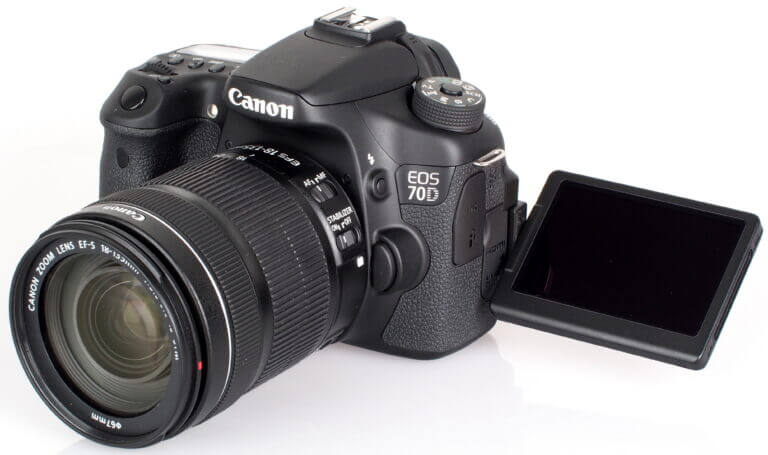
The 70D uses a similar LCD touch screen. It is multi-touch input capable, meaning you can easily pinch to zoom and control every menu option on the camera. It is a 3-inch 1040k dots resolution display so very similar in quality. Best of all, you can rotate and swivel the display in order to flip it for vlogging.
Sample Photos Taken From The Canon EOS 70D
Specs Comparison
| Model Name | Canon EOS 80D | Canon EOS 70D |
| Release month and year | February 2016 | July 2013 |
| Camera type | Enthusiast grade DSLR with a medium-sized sensor | Enthusiast grade DSLR with a medium-sized sensor |
| Lens mount | Canon EF Lenses (excluding EF-M lenses) | Canon EF Lenses (excluding EF-M lenses) |
| Body dimensions | 3.1 x 5.5 x 4.1 inches | 3.1 x 5.5 x 4.1 inches |
| Bodyweight | 730 g | 755 g |
| Weather sealing | Available | Available |
| Battery type | LP-E6N battery pack | LP-E6 battery |
| Battery life | Up to 960 shots per full charge | Up to 920 shots per full charge |
| Sensor type | Medium-sized APS-C CMOS sensor | Medium-sized APS-C CMOS sensor |
| Sensor resolution | 24-megapixels | 20-megapixels |
| Max photo resolution | 6240 x 4160 pixels | 5472 x 3648 pixels |
| Native ISO range | From 100 to 16000 | From 100 to 12800 |
| ISO boost range | From 100 to 25600 | From 100 to 25600 |
| Max Video Capability | 1080p 60 FPS | 1080p 30 FPS |
| Viewfinder FOV | 100% | 98% |
| Continuous shooting capability | Seven frames a second | Seven frames a second |
| Shutter Speed | 1/8000s | 1/8000s |
| Processor | DIGIC 6 | DIGIC 5+ |
| Pixel pitch | 3.75 μm | 4.11 μm |
| Pixel density | 7.11 MP per square centimeter | 5.91 MP per square centimeter |
| Screen resolution | 1040k dots | 1040k dots |
| Focus system | Dual Pixel autofocus | Dual Pixel autofocus |
| WiFi | Inbuilt | Inbuilt |
| NFC | Inbuilt | Unavailable |
| Bluetooth | Unavailable | Unavailable |
| Headphone jack | Available | Unavailable |
| Dual memory card slot | Unavailable | Unavailable |
| UHS card compatibility | UHS-1 compatible | UHS-1 compatible |
| Storage options | SDXC cards | SDXC cards |
| Microphone port | Available | Available |
| Screen size | 3 inches | 3 inches |
| Screen adjustments | Swivel and rotatable | Swivel and rotatable |
| USB port | USB 2.0 port | USB 2.0 port |
| Built-in mic | Stereo | Stereo |
| Built-in speaker | Mono | Mono |
| Hotshoe port | Available | Available |
| Good low-light focusing | Available | Unavailable |
Wrapping Up
After going through our post, you can probably see how much of an incremental leap the 80D is from 70D. The Canon 80D is undeniably the better one of the two. But that is to be expected as the 80D is supposed to replace the 70D. So if you have the means to buy the 80D, you should definitely go for it. After the launch of the 90D, it has dropped in price by a lot. But if you are on a tighter budget, the 70D is not a bad option either. Considering you get it on a good deal.


![Canon Digital SLR Camera Body [EOS 80D] with EF-S 18-55mm f/3.5-5.6 Image Stabilization STM Lens with 24.2 Megapixel (APS-C) CMOS Sensor and Dual Pixel CMOS AF - Black](https://m.media-amazon.com/images/I/51l1GY7z6LL.jpg)








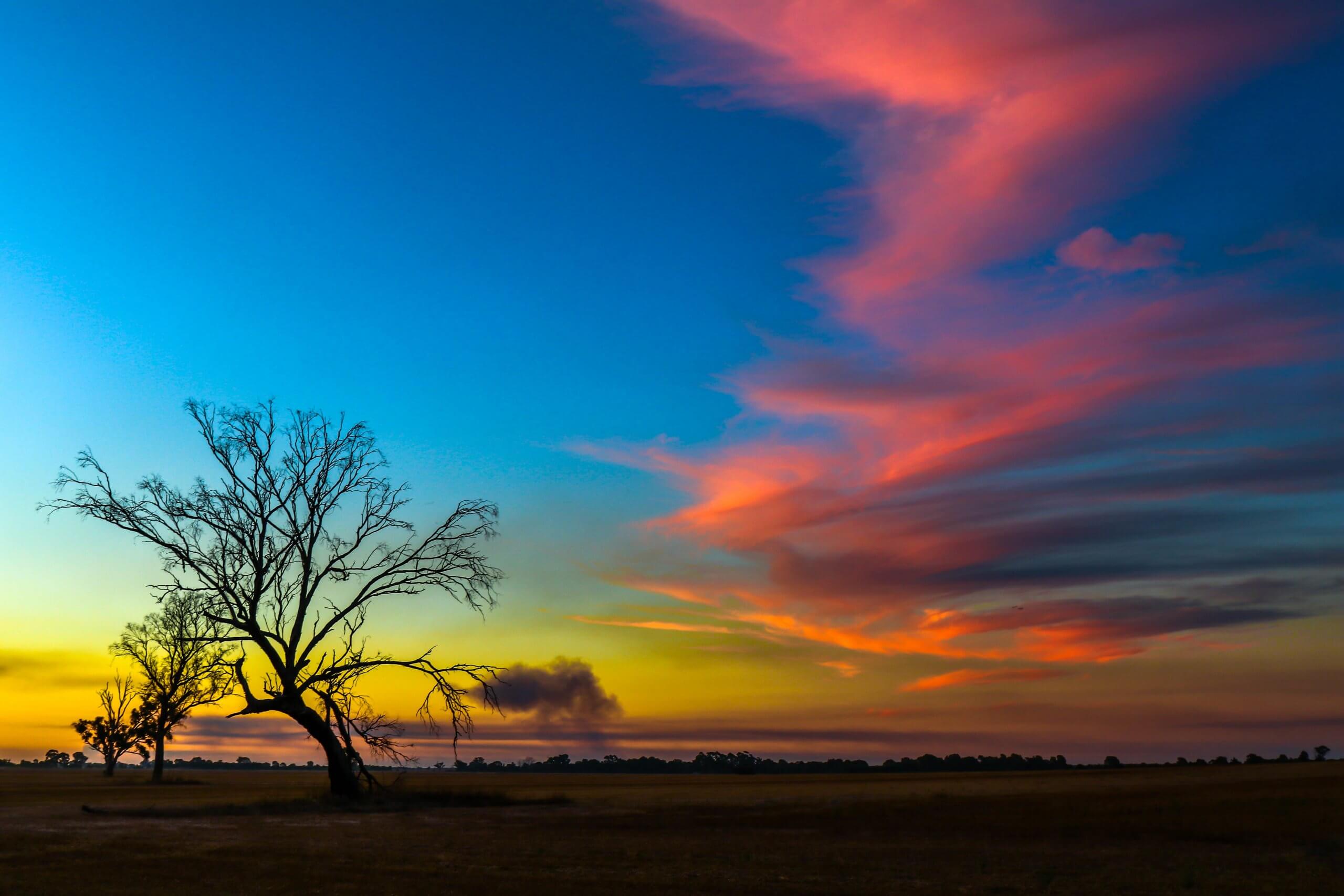


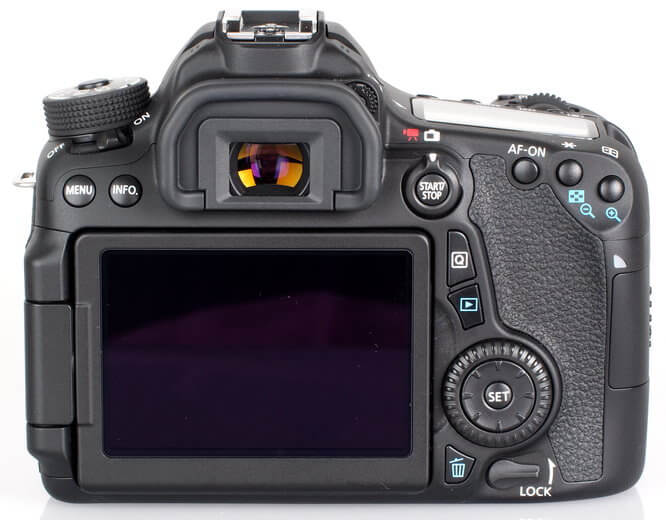







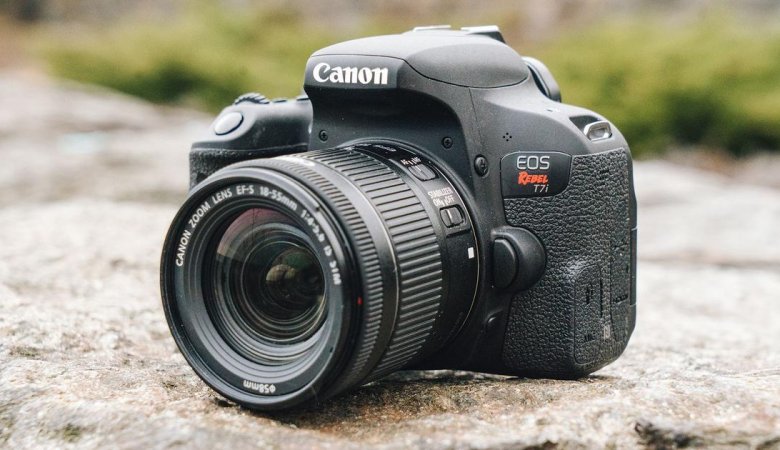

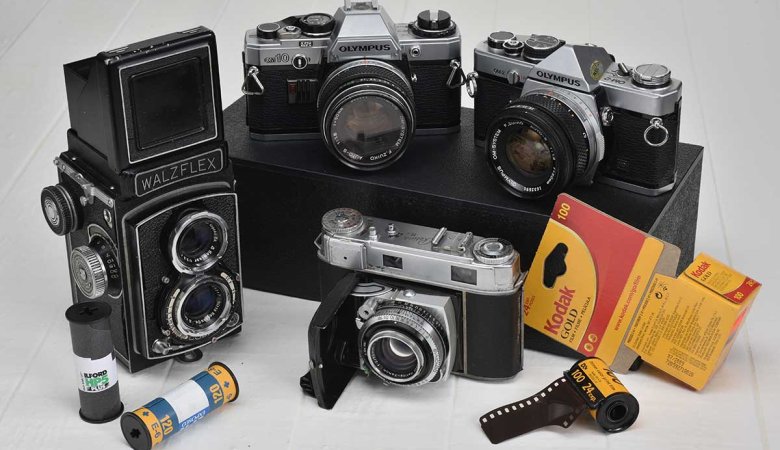

Leave a Reply